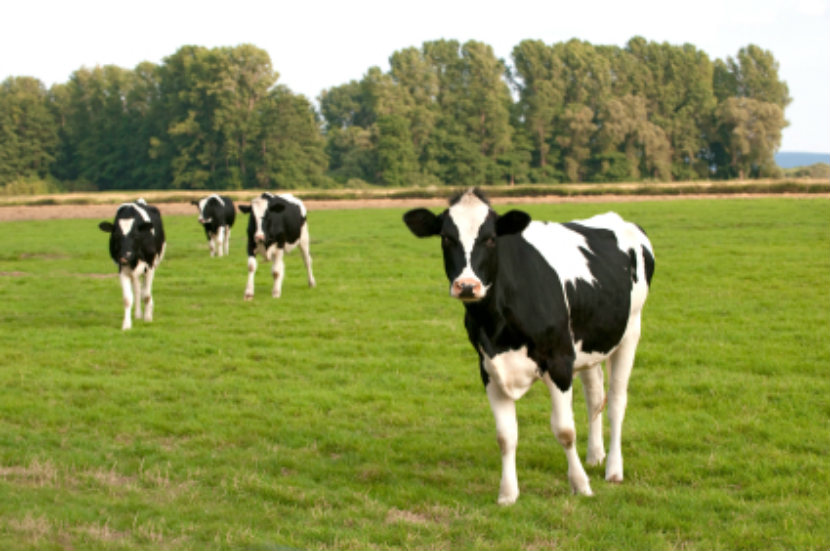
Hormones and antibiotics can be used in food production in Canada. Read on to learn how they are used and what steps are in place to make sure our food is safe to eat.
How are growth hormones used in food production?
Hormones occur naturally in all animals, people and plants so there is no such thing as hormone-free food. However, you may see labels that say “no added growth hormones”. This means that added hormones were not used during production.
In Canada, growth hormones are only approved for use in cows for beef production (beef cattle). They help to produce leaner beef at a lower cost to consumers by helping cows convert the food they eat into muscle more quickly and easily.
Growth hormones are not permitted for use in cows that produce milk. They are also not used in poultry and pork production.
How are antibiotics used in food production?
Keeping animals healthy is a top priority for farmers and veterinarians. Antibiotics are medicines farmers can use (with veterinary supervision) to:
- Treat sick animals
- Prevent disease in animals and fruit crops
- Manage disease
- Promote growth (in some animals)
Antibiotics are approved for use in beef, dairy cattle, chickens, laying hens, turkeys, pork and fish. They may also be sprayed on fruit and given to honeybees. All antibiotics used must meet Health Canada’s standards for human and animal safety.
There are concerns that the use of antibiotics in animals can lead to people becoming resistant to antibiotics. This is a serious problem that Health Canada is addressing by conducting research and putting in policies to reduce the risk.
Are there hormones and antibiotics in the foods we eat?
Health Canada sets maximum levels of hormones and antibiotics that can be found in food. Routine tests are also done to make sure these are followed to ensure our food is safe. Test results from the Canadian Food Inspection Agency show that hormone and antibiotic levels are rarely found to be above the recommended levels.
Canadian milk does not contain antibiotics. If a cow is treated with antibiotics, the milk from that cow is thrown away. Before milk is accepted into the food supply, it is always tested for antibiotics.
How are growth hormones and antibiotics regulated?
Health Canada regulates the use of growth hormones and antibiotics in Canada. To protect human and animal health, and the safety of our food supply, Health Canada:
- Reviews hormones and antibiotics for safety before approving them.
- Monitors the safety, quality and effectiveness of growth hormones and antibiotics.
- Sets rules for the proper use of hormones and antibiotics.
- Sets maximum limits for hormones and antibiotics that can be found in food.
How are growth hormones and antibiotics monitored?
The Canadian Food Inspection Agency monitors the use of growth hormones and antibiotics. Food produced in Canada and other countries is regularly and randomly tested to check the safety levels of hormones and antibiotics.
What about organic foods?
Organic livestock and flocks are not allowed to be produced with the use of added growth hormones and no antibiotics are used in the feed.
How can a dietitian help?
A dietitian can help you make informed food choices based on the latest evidence, as well as your personal preferences, culture, medical history and goals. A dietitian will give you personalized recommendations to meet all your food and nutrient needs. Connect with a dietitian today!
Bottom line
In Canada, the use of approved hormones and antibiotics to produce food is considered safe. Health Canada sets maximum levels that can be found in food. These limits are set based on levels far below the amount that could pose a health concern if eaten regularly. Canadian milk does not contain antibiotics or growth hormones.
You may also be interested in:
Understanding Organic Foods
Understanding Genetically Modified Foods
All About Cow’s Milk
This article was written and reviewed by dietitians from Dietitians of Canada. The advice in this article is intended as general information and should not replace advice given by your dietitian or healthcare provider.
Last Update – October 2, 2023